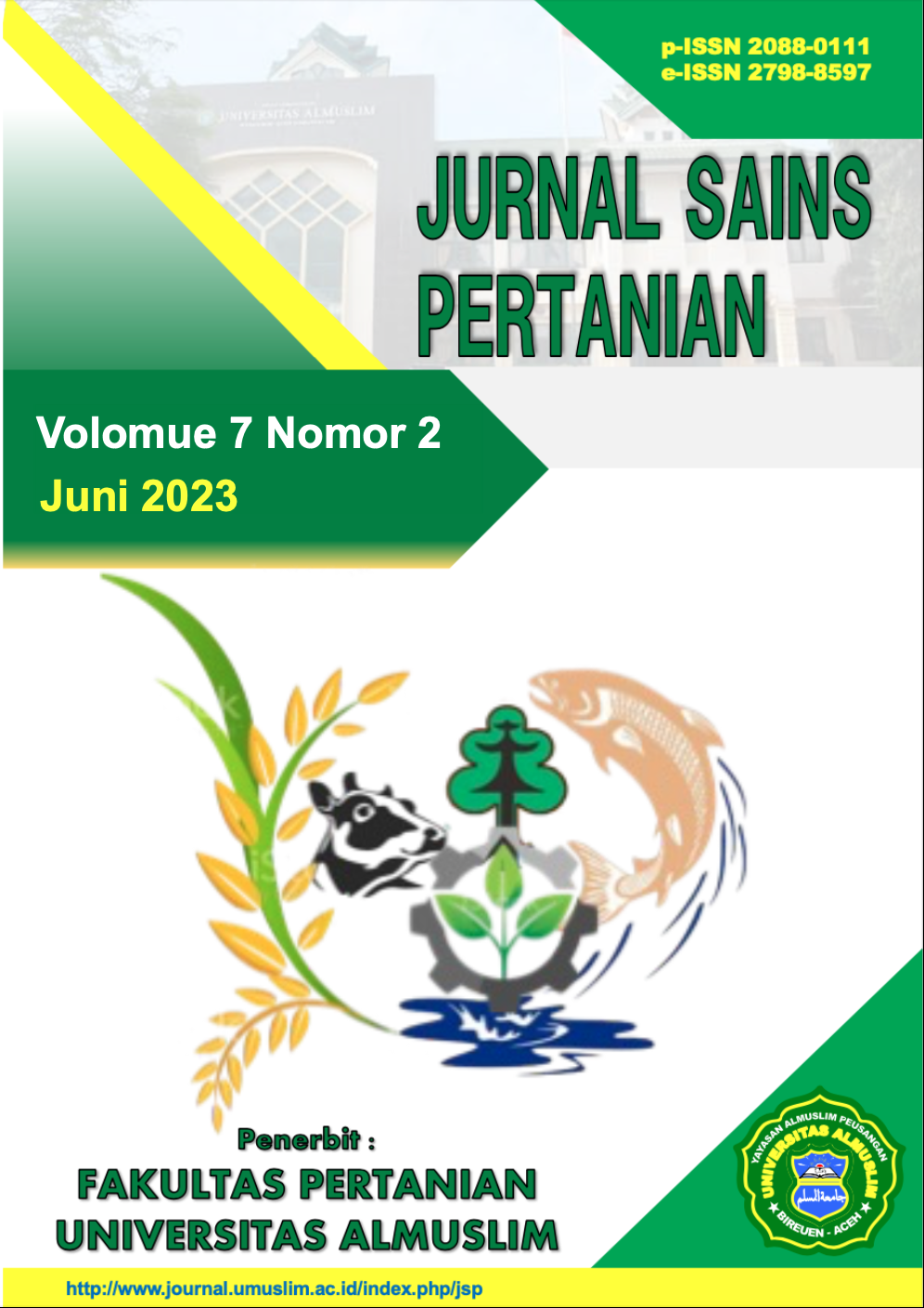Analysis of the proportion of food expenditures for rice farming households in Lampuyang Village, Teluk Sampit District, Kotawaringin Timur Regency
DOI:
https://doi.org/10.51179/jsp.v7i2.1959Keywords:
Analysis of the Proportion of Food Expenditures, Energy Consumption, Household Food SecurityAbstract
The purpose of this study was to determine the proportion of food expenditure to the total expenditure of rice farming households. Knowing the quantity and quality of household food consumption of rice farmers. Knowing rice farmer household food security. In this research, 41 rice farming households were taken as samples. The method used in this research is descriptive method. The method of taking the research location was carried out by purposive sampling, namely in the village of Lampu which is in the Teluk Sampit District, East Kotawaringin Regency. Types and sources of data used consist of primary data and secondary data. Data collection techniques were carried out by interviews, observation, and recording. Data analysis method is descriptive with average and percentage analysis. Based on the results of the study, the average total expenditure of rice farming households was IDR 2,752,117.40. It is known that spending on food is around IDR 1,647,079.45 (59.85%) and spending on non-food is around IDR 1,105,037.95 (40.15%). The average energy adequacy level of rice farming households is in the sufficient category of 51.8%, while the average protein adequacy level of rice farming households is 90.2% which is in the sufficient category. Conditions Food security in rice farming households is mostly food vulnerable, namely 36.6%, followed by food shortages of 29.3%, food insecurity of 19.5%, while food secure households are only 14.6%. So that it can be said that the food security of farmer households is still relatively poor.Downloads
References
Arikunto, Suharsimi (2006). QualitativeResearch Methods. Earth Script: Jakarta
Keynes, John Maynard. (1936). The General Theory of Employment, Interest and Money. Penerbit Palgrave Macmillan. Hal 472 edisi 2007.
Maxwell, D; C. Levin; M. A. Klemeseau; M Rull; S. Morris and C. Aliadeke (2000). Urban Livelihoods and Food Nutrition security in Greater Accra, Ghana. IFFRI and Collaborative with Noguchi Memorial for Medical Research and Word Health Organization Research ReportNo.112, Washington, D.C.
Nasution. 2006. Naturalistic-qualittaif Research Methods. Bandung: Tarsito.
Purwantini (2014). Food Insecurity and Nutrition Approaches: Magnitude Characteristics and Causes. Center for Agricultural Socioeconomics and Policy. Jl. A Yani No. 70 Bogor 1661.
Trisnowati, J. 7 K. Budiwinarto, 2013. Study of the Effect of Prices and Income on the Proportion of Household Food Expenditures (Complete Demand Linear Model Approach). In the Proceedings of the Dipenegoro University National Statistics Seminar.
Widowati S. 2009. Flour of Assorted Tubers A Solution to Food Security, Center for Research and Development of Agricultural Postharvest in the Sinar Tani Tabloid.
Yudaningrum, Agnes. (2011). Analysis of the Relationship of the Proportion of Food Expenditure and Consumption with Food Security of Farmer Households in Kulon Progo Regency, Thesis, Faculty of Agriculture, University of Muhamadiyah. Surakarta.
Downloads
Published
How to Cite
Issue
Section
License
Copyright (c) 2023 Jurnal Sains Pertanian

This work is licensed under a Creative Commons Attribution-ShareAlike 4.0 International License.


 Indonesian
Indonesian

















